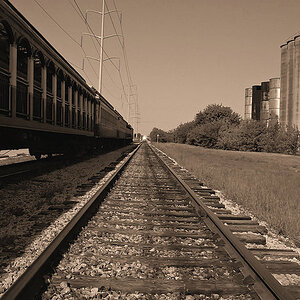Buckster
In memoriam
- Joined
- Sep 14, 2009
- Messages
- 6,399
- Reaction score
- 2,341
- Location
- Way up North in Michigan
- Can others edit my Photos
- Photos NOT OK to edit
No, same as Peterson, I dropped it myself while triggering with a remote.Bryan Peterson does a very similar shot with a strawberry into a glass of sparkling water. In his setup, he's got a cable release for the camera and he is dropping the strawberry into the glass himself. Did you have somebody dropping the pepper for you?Yes, I estimated it; Drop - shoot - review - adjust timing.Drop - shoot - review - adjust timing.Drop - shoot - review - adjust timing.etc., etc., etc... The fishing line was only attached to dangle it in the empty tank while I set up the lighting. It wasn't attached during the actual shooting.So how did you 'time' the drop and shoot? Just estimated it hit or miss? I don't see the fishing line so that worked out excellent too!



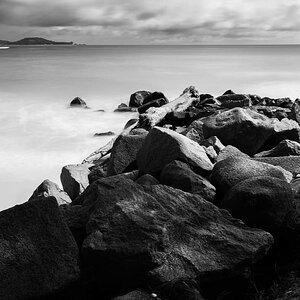
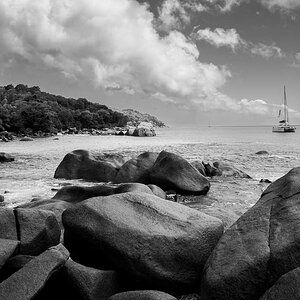
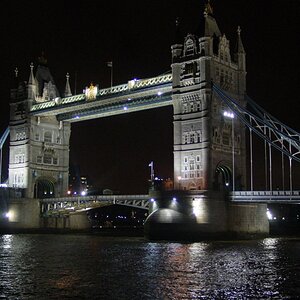
![[No title]](/data/xfmg/thumbnail/37/37127-bf1c0cde30f216dbd2804a0e700d6433.jpg?1619737884)
![[No title]](/data/xfmg/thumbnail/38/38724-0b9c26c57726c91c6c504310e4428e55.jpg?1619738702)
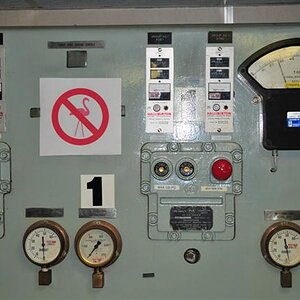
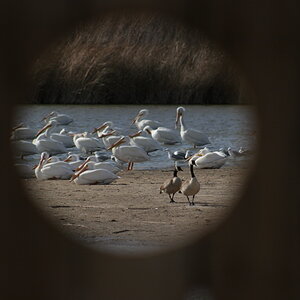
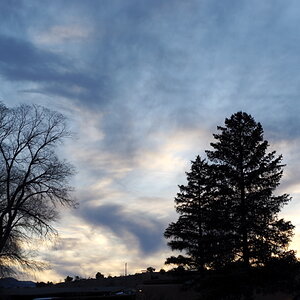
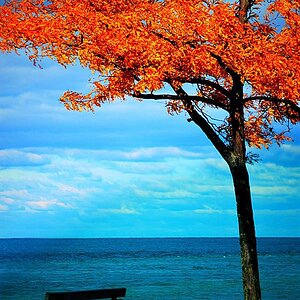
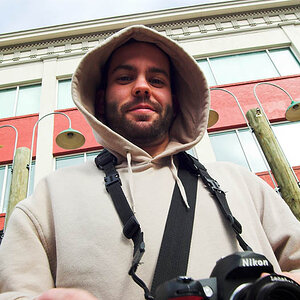
![[No title]](/data/xfmg/thumbnail/32/32638-22cfef06fc91cb3aee39b7b55c36198d.jpg?1619735555)
